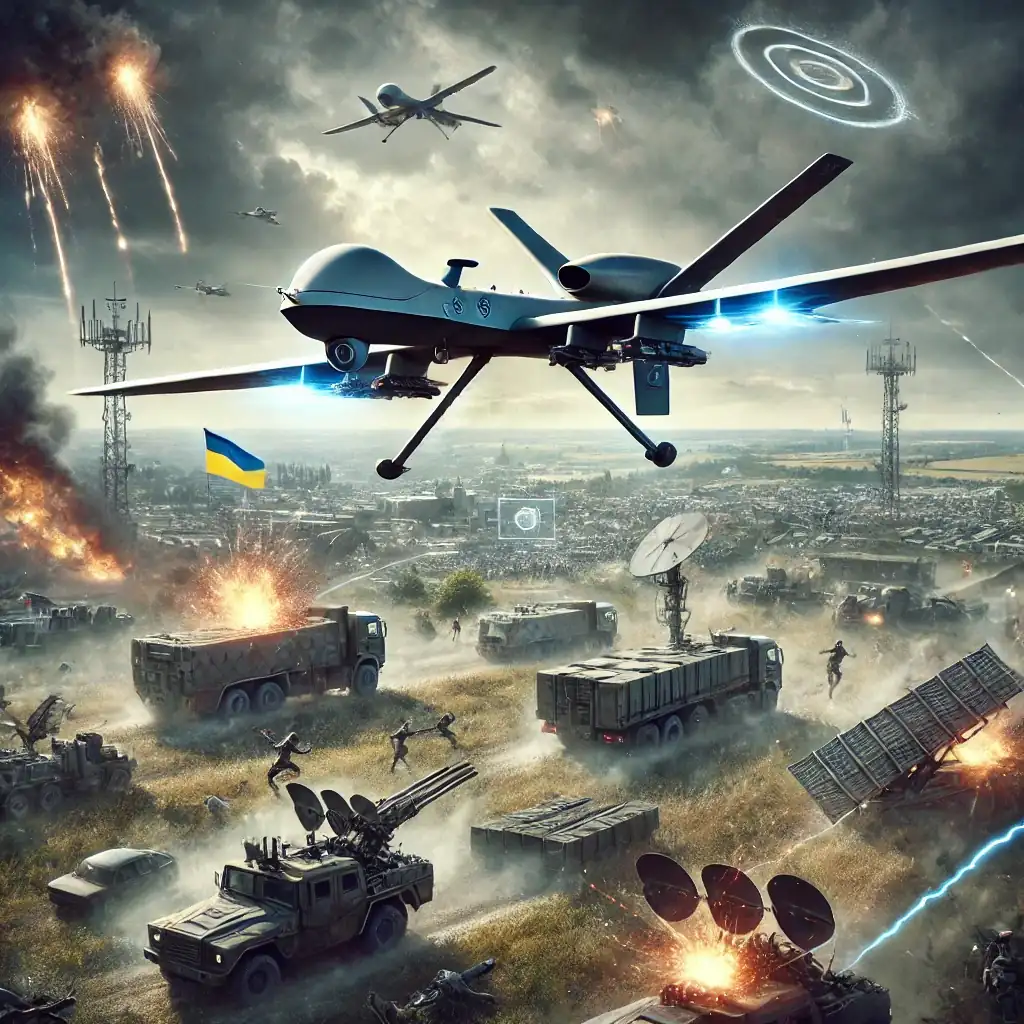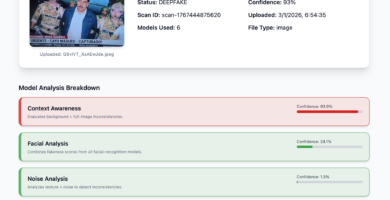
In the ongoing conflict between Russia and Ukraine, electronic warfare has played a crucial role in reshaping the operational strategies on both sides. This type of warfare, which combines electronic and cyber capabilities, has proven to be an indispensable component in modern military strategies. With recent Ukrainian operations in Kursk and other Russian regions, the importance of electronic warfare has become more apparent than ever.
The Context of Electronic Warfare in Ukraine
Since the Russian invasion began in 2022, Ukraine has significantly invested in enhancing its electronic warfare capabilities. The Ukrainian incursions into Kursk and other areas of Russia demonstrate that these investments are beginning to pay off. Electronic warfare involves not only intercepting and disrupting enemy communications but also protecting and sustaining one’s own electronic systems. This includes everything from defending against cyber-attacks to ensuring the operational effectiveness of long-range drones in hostile environments.
Impact on Russian Forces
In a recent CEPA’s exclusive press briefing covering Ukraine’s Kursk offensive, expert Pavel Luzin highlighted that since June 2023, Ukraine has focused on neutralizing Russian electronic warfare and air defense systems. Russia has suffered significant losses in this area, with dozens or even hundreds of systems being eliminated. Making matters worse for Russia is its dependence on imported electronic components, which could take years to replace. This leaves Russian forces in a vulnerable position, especially in the face of Ukraine’s increasingly effective drone operations.
Ukrainian Capabilities and Outcomes
Despite the numerical and technological superiority that Russia might have had at the start of the conflict, Ukraine has managed to enhance the electronic resilience of its drones. According to Luzin, Ukrainian drones now operate not only in occupied territories but also in various regions of Russia, challenging Russian electronic warfare systems. This development has complicated Russia’s ability to intercept these drones, forcing them to rely more on kinetic systems rather than electronic solutions, which clearly indicates the wear on Russian capabilities.
Future Perspectives
Pavel Luzin emphasizes that despite these advances, we should not expect immediate or spectacular results. Electronic warfare is a long game, and while Ukraine has achieved certain successes, the conflict is far from resolved. In the coming months, and particularly in 2025, it will be crucial to observe how both sides adapt their electronic and cyber strategies. Ukraine’s ability to maintain and improve its advances in electronic warfare could be a decisive factor in the evolution of the conflict.
Electronic warfare has redefined the rules
Electronic and cyber capabilities have become a key element for success on the battlefield, and while Ukraine has made significant strides, the outcome of this technological struggle remains uncertain. As this conflict continues to evolve, electronic warfare will undoubtedly remain a critical factor, and closely monitoring these developments will be essential for a better understanding of the future of modern warfare.

Trump confirma captura de Maduro en conferencia desde Mar-a-Lago

Imagen oficial confirma captura de Maduro: publicada por Trump, replicada por la Casa Blanca y validada como auténtica

Deeptrack Gotham: imagen de Maduro con uniforme es auténtica según análisis

Nueva imagen de Maduro capturado también presenta signos de manipulación digital

Corina Machado: “Esta es la hora de los ciudadanos”

Habrá que hacer algo con México: Trump tras ataque en Venezuela

Maduro rumbo a Nueva York y Delcy en Moscú: lo que se sabe hasta ahora

Imagen de la captura de Maduro: análisis preliminar sugiere posible manipulación digital

Ataque a Venezuela: cronología de la captura de Maduro en 2026

Estrategias inteligentes para apostar en la Primera División de Chile


